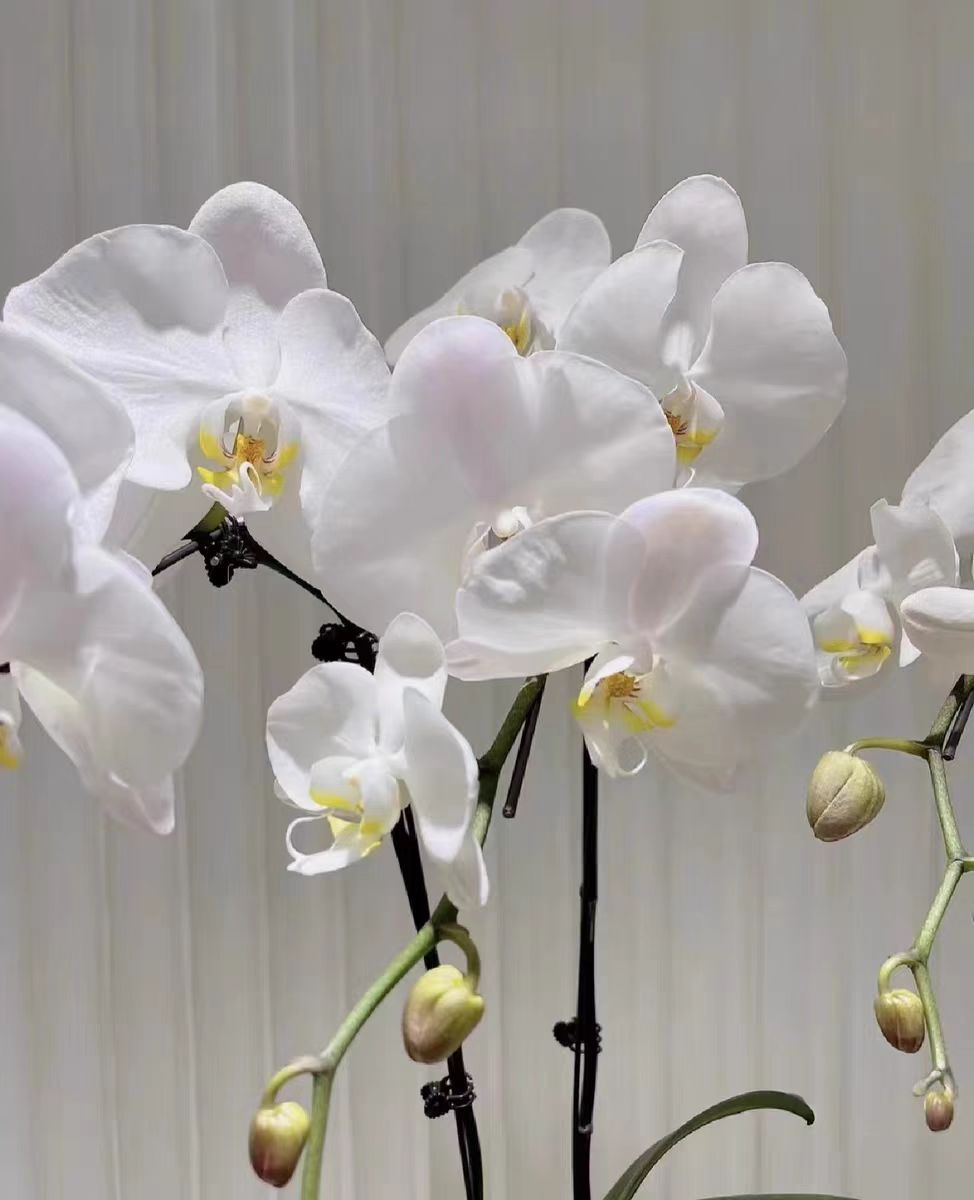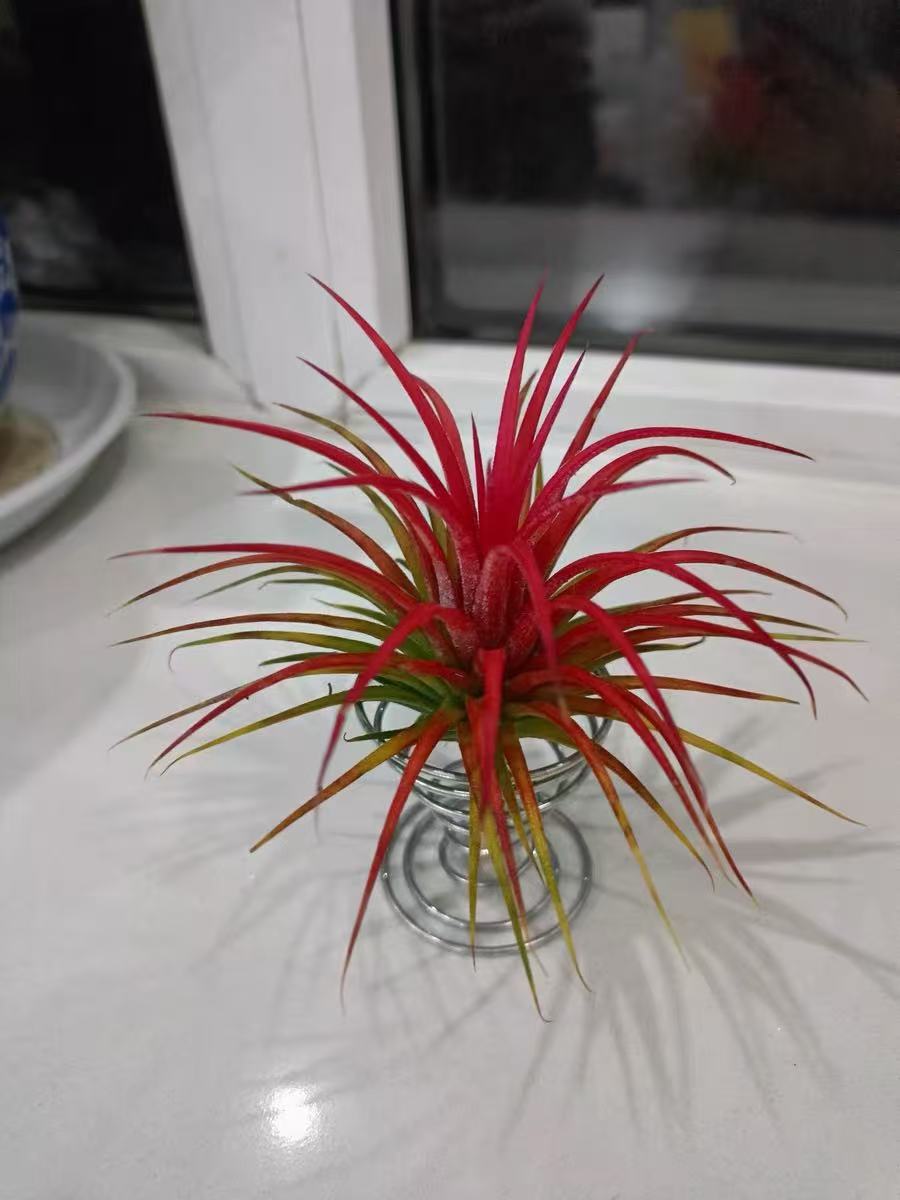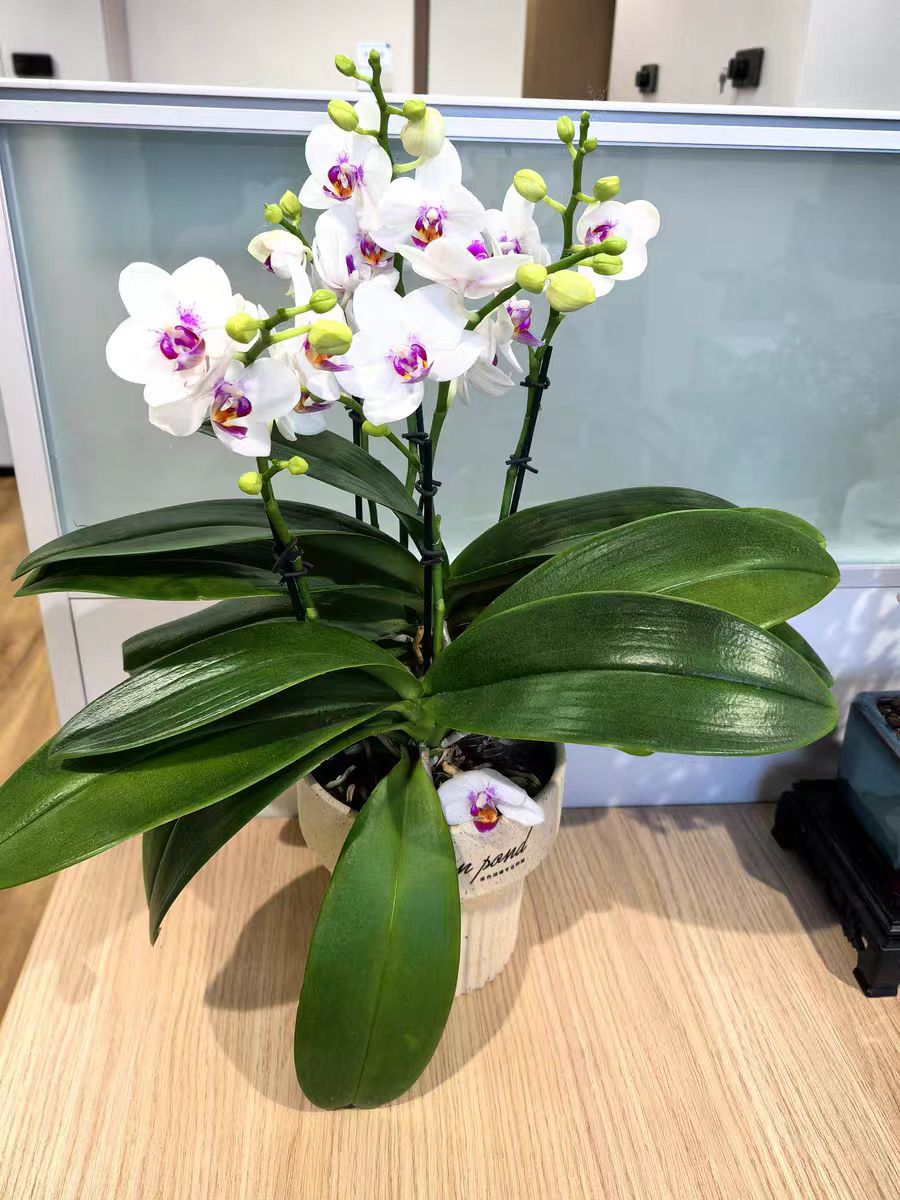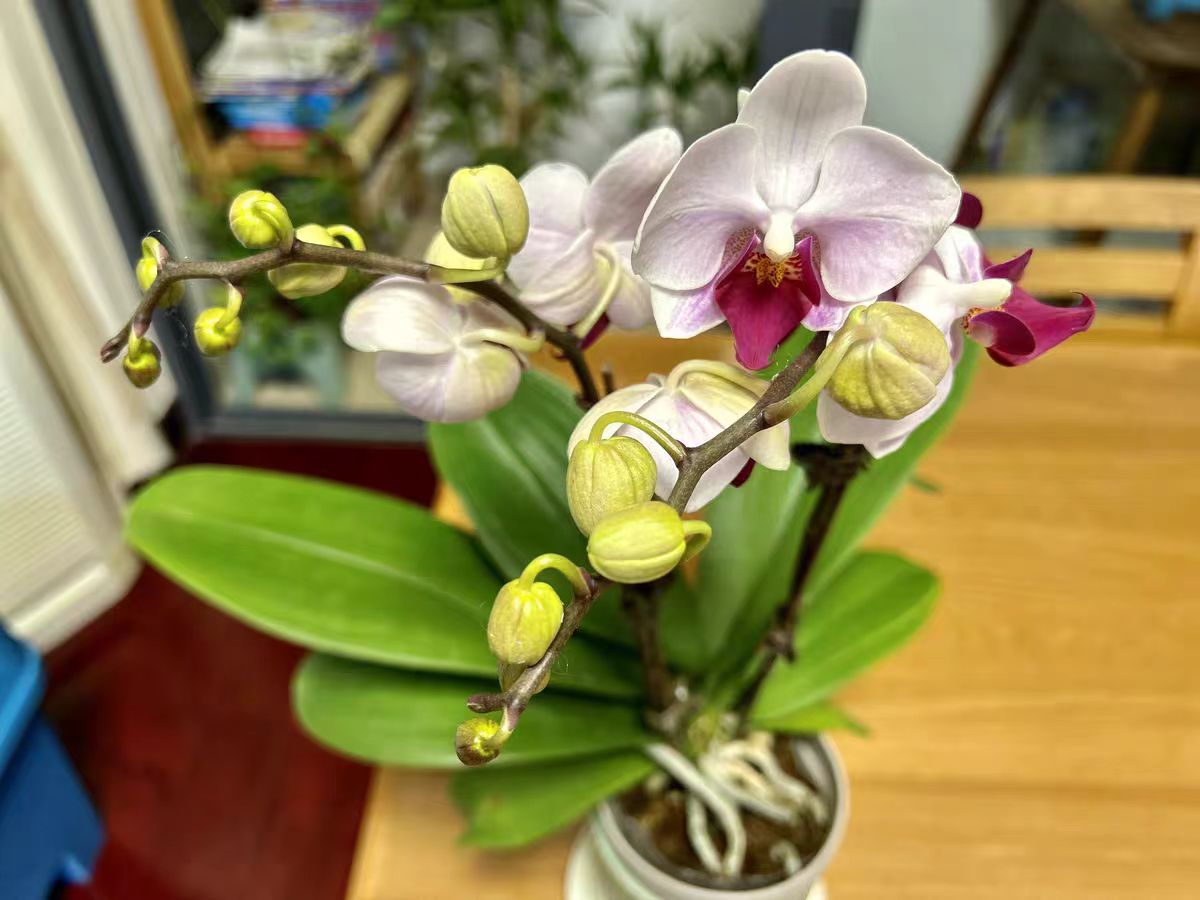For the Phalaenopsis, to ensure that this beautiful orchid continues to bloom and showcase its charm, timely maintenance measures are of great importance, and repotting is an essential part of them.
The lifespan of a Phalaenopsis is approximately between 5 and 15 years, and its longevity is closely related to the cultivation methods and management techniques. As an important part of cultivation management, repotting is crucial for the growth of the Phalaenopsis, and the specific reasons are as follows:
Improve the condition of the substrate: The commonly used substrates for Phalaenopsis, such as sphagnum moss or moss, will gradually age after a period of use, with reduced air permeability and even rot. This not only affects the respiration of the roots but may also breed bacteria, leading to root rot. Therefore, regular repotting can update the substrate and create a healthier growth environment for the Phalaenopsis.
Promote root growth: As the Phalaenopsis grows, its roots will gradually increase and may become intertwined in the flower pot, restricting the growth of the roots. Repotting at this time can not only provide more space for root growth but also trim off the old and rotten roots, promoting the growth of new roots and making the plant stronger.
Restore the plant's vigor: During the maintenance process, if it is found that the Phalaenopsis is showing signs of weakness or the substrate is no longer suitable for its growth, repotting in a timely manner can restore the plant's vigor and prevent it from further declining or even dying.
The timing of repotting the Phalaenopsis is of great significance. Choosing the right time for repotting can minimize the impact on the plant and promote its rapid recovery of growth. Generally speaking, the best time for repotting the Phalaenopsis is in late spring and early summer, roughly from late April to early May. The specific reasons are as follows:
Suitable temperature: At this time, the temperature gradually rises and stabilizes above 20°C, which is conducive to the Phalaenopsis adapting to the new environment after repotting and reducing the growth obstacles caused by inappropriate temperature.
New root growth: Late spring and early summer is the time when new roots of the Phalaenopsis begin to grow. Repotting at this time can provide more space for the growth of new roots and nutrients, promoting their rapid growth and laying a solid foundation for subsequent flowering.
Avoid the high temperature in summer: Although the Phalaenopsis also grows in summer, this is the stage when it develops small buds. Repotting may cause it to enter a dormant state, resulting in weak growth or poor nutrition of the small buds. In addition, the high temperature in summer may also increase the risk of dehydration of the Phalaenopsis during the repotting process, and may even lead to its death.
The Phalaenopsis needs to be repotted regularly to improve the substrate condition, promote root growth, and restore the plant's vigor. Late spring and early summer is the best time for repotting the Phalaenopsis. At this time, the temperature is suitable and new roots are emerging, which is conducive to the Phalaenopsis quickly adapting to the new environment and resuming growth.
Why does the Phalaenopsis need to be repotted?

Share with
Tagged in :




Leave a Reply